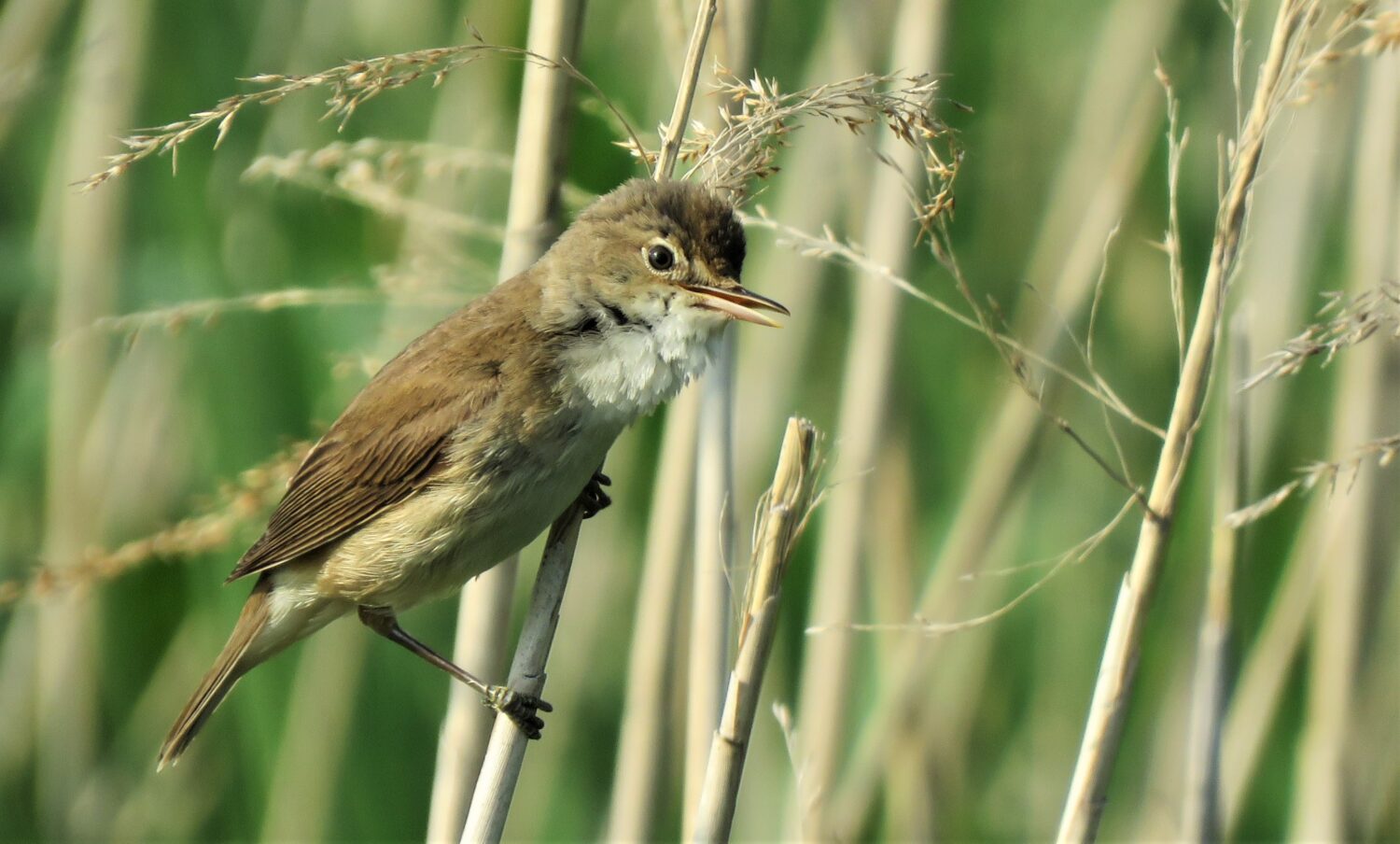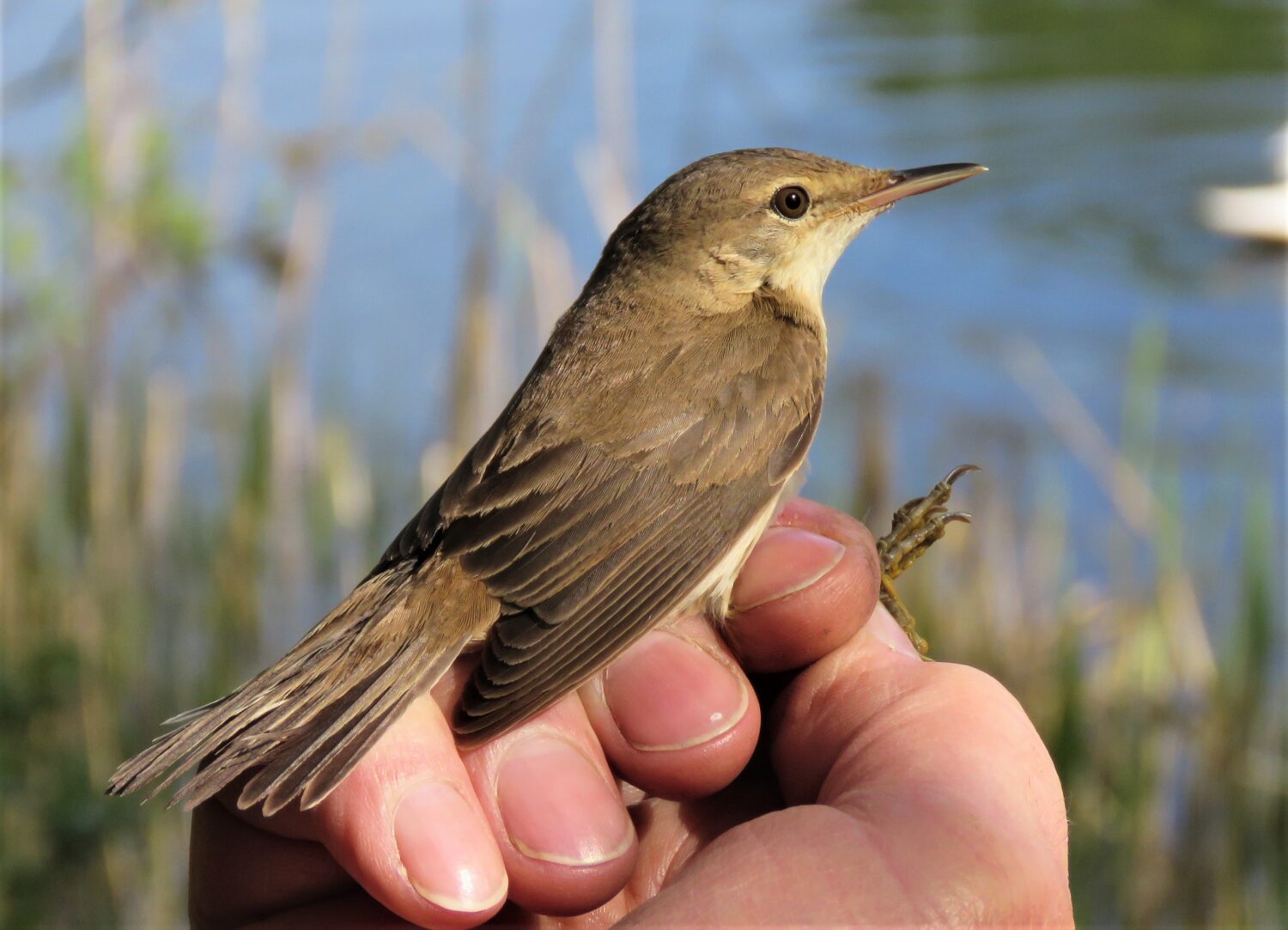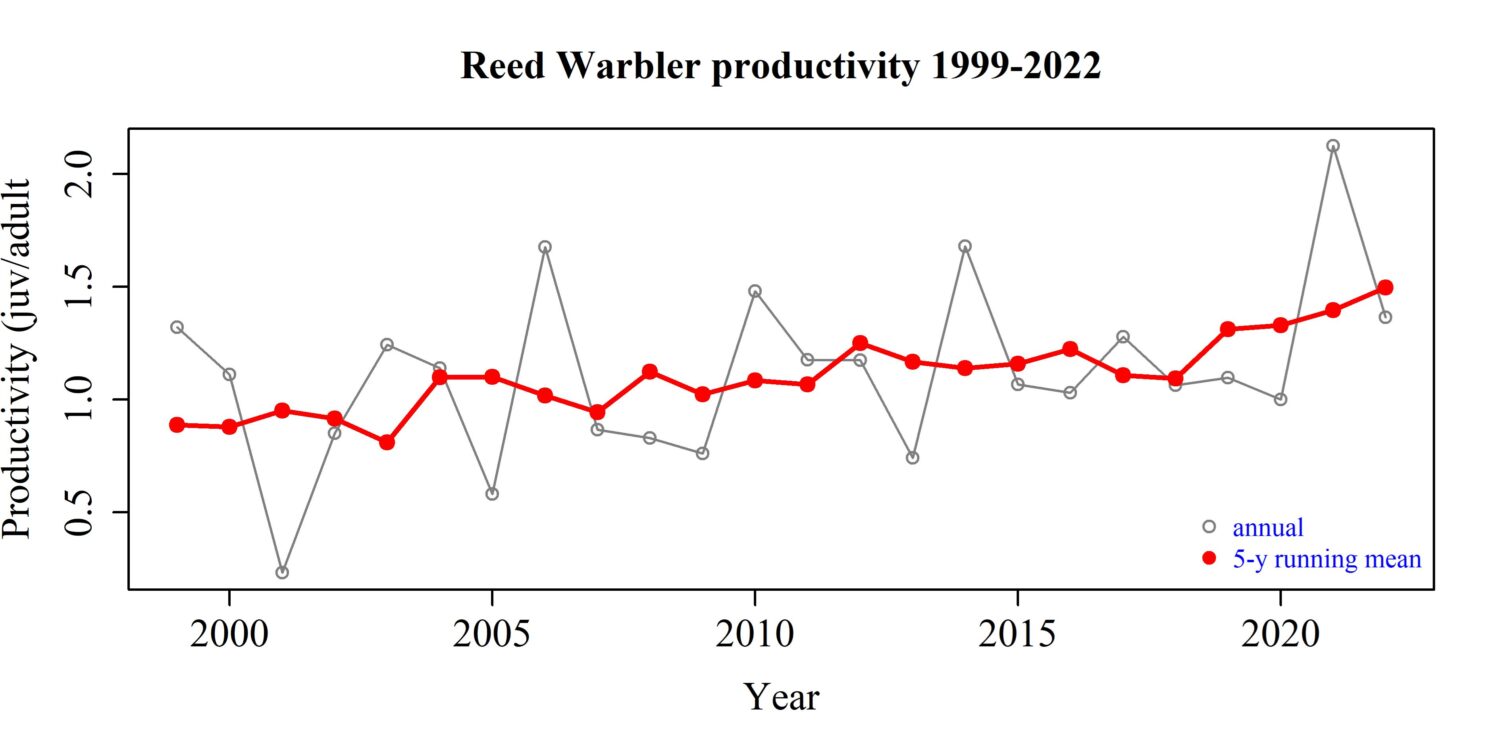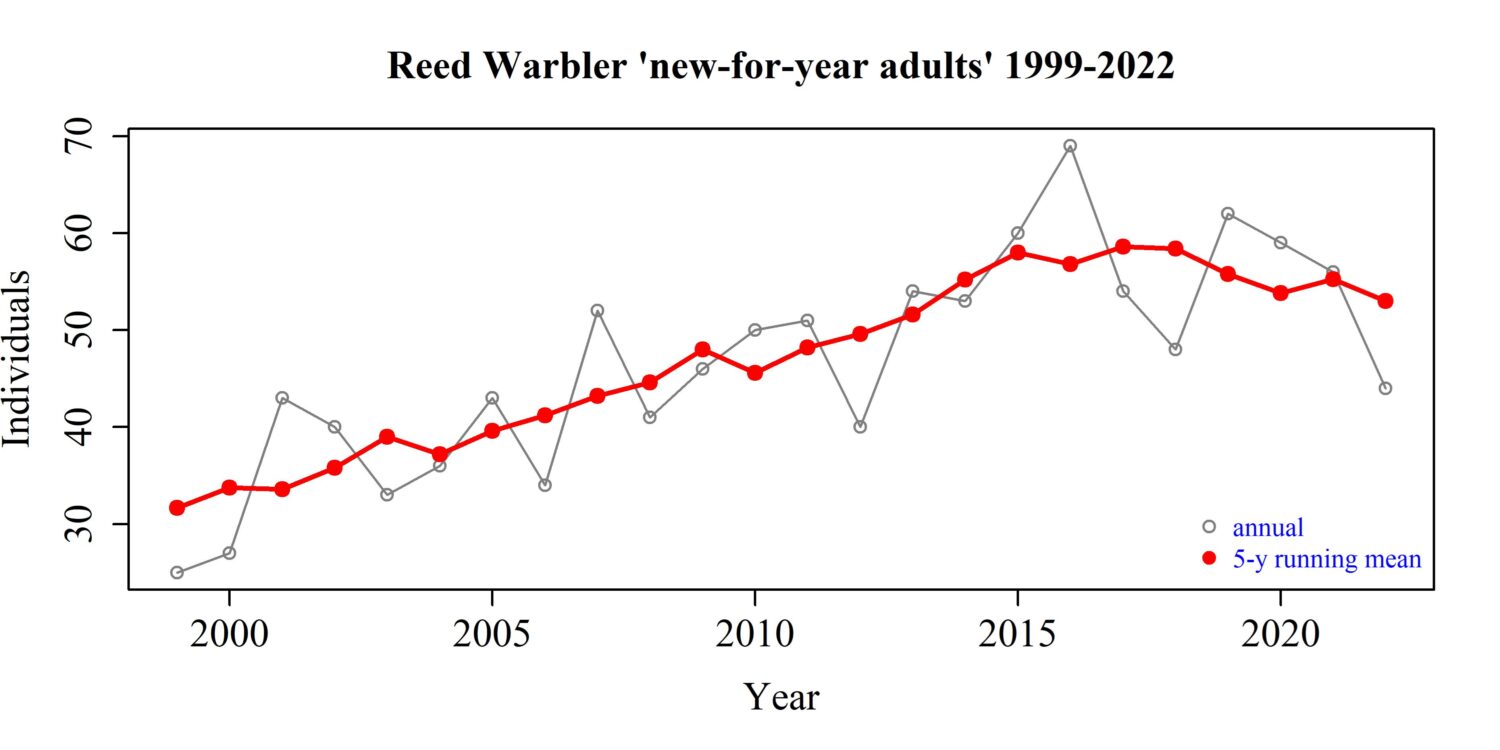NHSN Volunteer Jenny and Ornithology Specialist Group Coordinator Chris share an update on Gosforth Nature Reserve’s population of Reed Warblers.

Reed Warbler © Philip Jordan
Gosforth Nature Reserve is home to many bird species including many reedbed specialists. One summer resident that travels every year from Sub-Saharan Africa to breed is the Reed Warbler. Data for many species, including the resident Reed Warbler population, have been collected at the reserve for many years by bird ringers. Since 1987 ringers at GNR have put rings on 617 adult Reed Warblers.

Reed Warbler © Philip Jordan
The graphs show the number of new individuals caught each year from 1999-2022 and their productivity. The first shows an increasing trend from 1999 to 2015. This increasing trend levelled out between 2015 and 2018, suggesting that the carrying capacity, which is the maximum number the habitat at Gosforth Nature Reserve can support sustainably, of Reed Warblers. After 2018, there are worrying signs of a decline in numbers, which could relate to natural habitat change, particularly an expansion in willow growth which may need to be brought under control.
Ringing also allows us to measure Reed Warbler productivity, the proportion of juveniles to adults caught. In the second graph, the grey points again show the annual values, and the red line is the five-year running mean which shows a general increase since 1999 which could be due to the warming climate. Last year was a very successful year. Yearly fluctuations depend on many factors especially weather events. Wet weather and cooler temperatures can affect all young birds, especially Reed Warblers whose fragile nests within the reeds may be destroyed by rising water levels.
The increase in numbers of breeding Reed Warblers at Gosforth Nature Reserve is a great success, nearly doubling between 1999 and 2018 alongside the expansion of healthy reedbeds.

